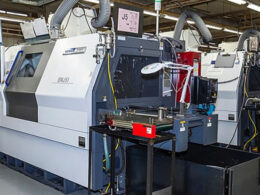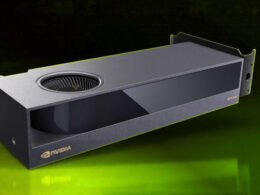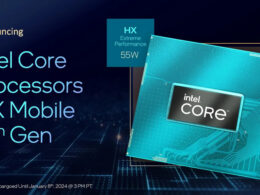Qualcomm’s ambition to promote its processors in the PC segment and ARM’s aspiration to capture over 50% of the Windows computer market in five years have been met with skepticism from major competitors including Intel and AMD, according to ARM CEO Rene Haas.
At a recent technology conference hosted by Bank of America, AMD’s CFO Jean Hu had to address these ambitious claims. AMD once experimented with promoting its own ARM-developed Seattle processors with a Cortex-A57 microarchitecture in the server segment, but that initiative was soon forgotten.
Hu highlighted that the idea of creating ARM-compatible processors for PCs is not new. She asserts that most end consumers do not place much importance on the architecture of the processors they purchase. Performance speed and battery life, especially in the case of laptops, are of much higher interest to consumers. The x86-compatible architecture has become increasingly competitive in recent years, according to Hu.
Drawing on a statement from AMD’s Chief Technical Officer, Mark Papermaster, Hu added that fundamentally, there is no performance difference between Arm and x86. The architectures operate in different ecosystems and x86 has been used for over 15 to 20 years, with software in specific market segments tailored for it. The promotion of ARM architecture has so far been hampered by compatibility issues.
Based on these points, AMD’s CFO emphasized that the x86 architecture will continue to offer increasing performance levels and improving battery life. The end users are likely to remain indifferent about what’s inside their computers. “I believe that our positions are very strong and the market share of ARM-compatible PCs will remain very low for a long time. It was there before. The ecosystem is of great importance,” concluded Hu.





